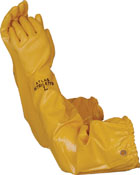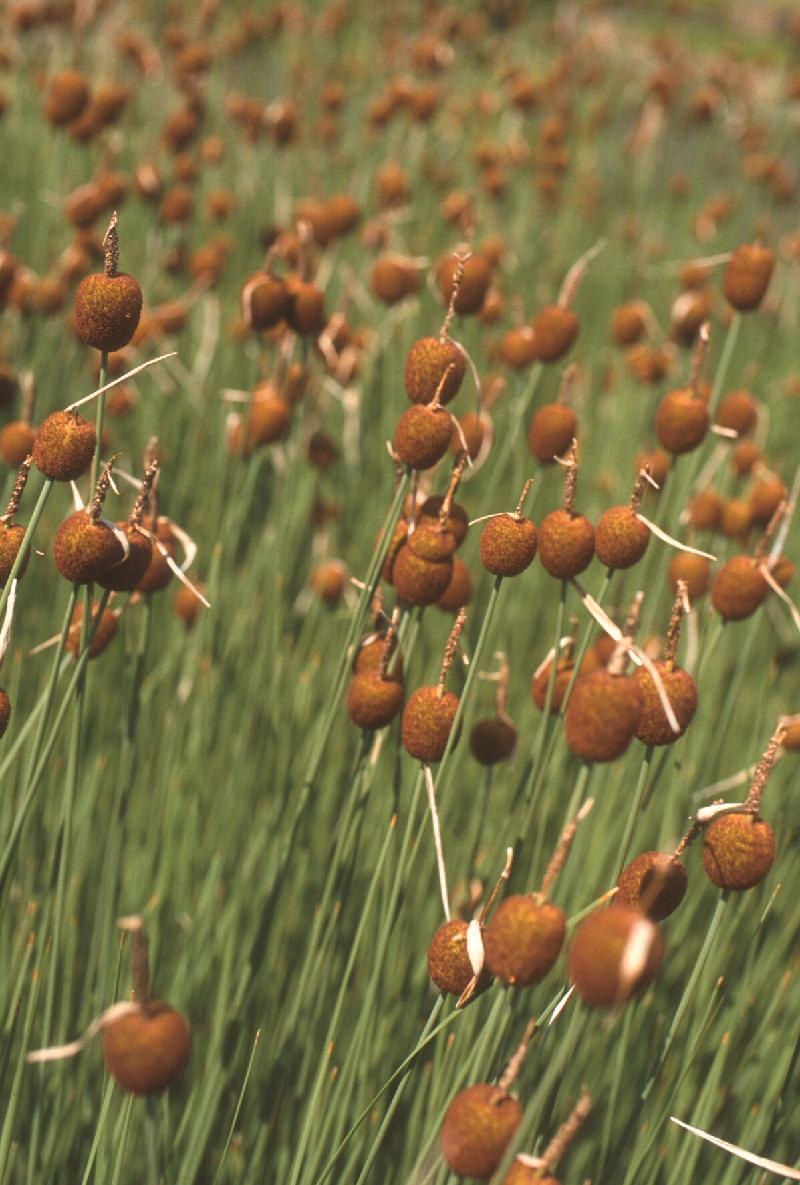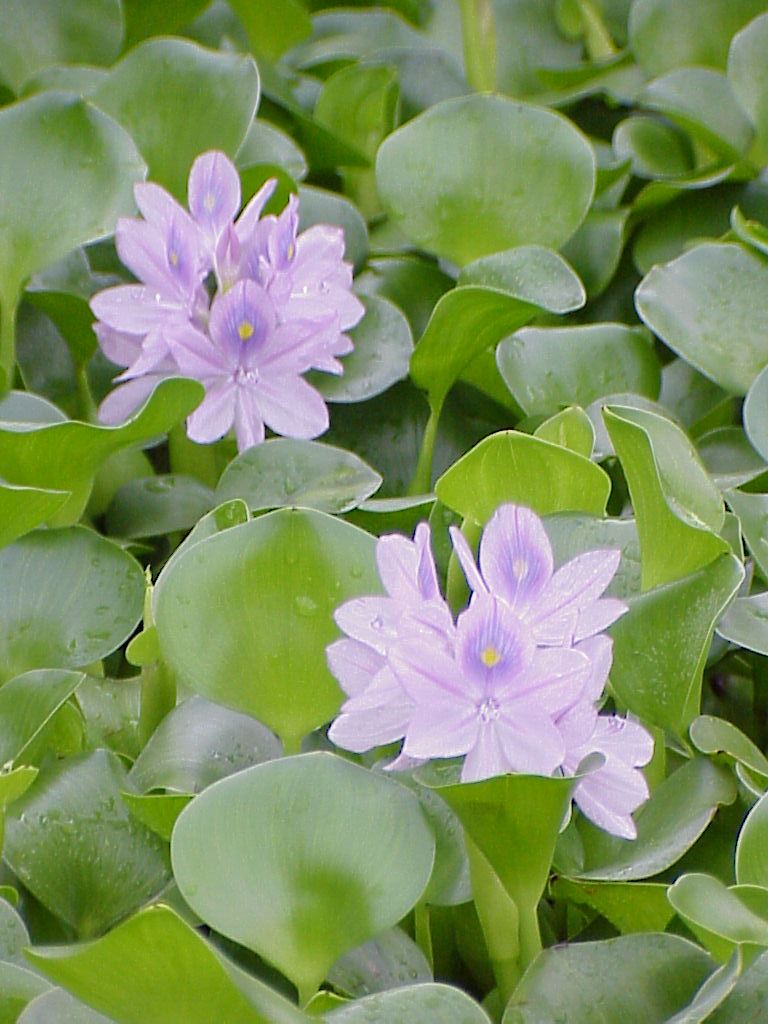|
Up Coming Events
The
Yard, Garden
and
Patio Show
February 27 - March 1, 2009The Yard, Garden, and Patio Show announces the start of the 2009 garden season for Hughes! It has been an annual event for us since the early 1990s. The show is held at the Oregon Convention Center and we will be at booth 1271#.
Stop by - we will have money saving coupons available for the nursery - good through
April 20, 2009
********
Gardenpalooza
April 4, 2009
At Fir Point Farm in Aurora, Oregon.
Located 20 miles South of Portland at 14601 Arndt Road in Aurora, Oregon 97002
It is Hughes Water Gardens' third year of participating in this enjoyable event and we hope to see you there.
|
|
Tinkerbelle's Pond Tips
Underlays
Protective Material for Under/Over Your Liner.
There is no easy way to find holes in your pond liner so it is best to prevent them in the first place. Your best defense against punctures is to use a protective material under and over your liner during construction.
Hughes Water Gardens sells two types and they both work very well and are cost effective.
A geo-textile woven material that comes in widths of 6.5 and 12 feet and a waterproof Felt that comes 6.25 feet wide.
We cut them to length for you.
Both are fish safe and easy to use! |
|
Classes Start-up again in March
March Class
Schedule
Saturday 7th
10 am
Building Ponds & Waterfalls
Saturday 14th
10 am
Pondless Urns & Bubbling Rocks
Saturday 21
10 am
Building Ponds & Waterfalls
2 pm
Spring Start Up for Ponds
& Small Water Features
Saturday 28
10 am
Pondless Waterfalls
& Creeks
2 PM
Planting your Pond with Aquatic Plants
Preregistration is requested, All class are held at the nursery and are1 to 2 hours long. |
|
Water Gardening Gloves
Nobody wants to get in the pond this time of year to do pond maintenance chores. The water is cold!!! But in case you have to reach into that freezing cold water, Hughes carries Water Gardening Gloves. They come up above your elbows so you can reach comfortably into the pond. These gloves have a tough nitrile coating that resists chemicals, punctures, and abrasions. They
have a great grip whether wet or dry and there is also a comfortable cotton liner to protect you from the cold water.
 | |
|
|
|
|
Types of Aquatic Plants.
A varied selection of aquatic plants helps to keep the water clear and enhance the overall beauty of a pond. Without plants a pond can quickly turn green with algae. There are four basic types of pond plants. For an attractive, clear, well-balanced pond, we recommend using a mixture of all four  types. Marginals: types. Marginals:
The largest palette of plants falls within this group. These plants grow in shallow water or saturated soil around the perimeter of ponds or along the banks of streams. They help with water quality and are often a source of food for birds. They help to frame the water feature, soften the transition between land and water, and provide an attractive backdrop to your pond. Submerged Oxygenators:
They are the workhorses of the pond. They grow beneath the surface of the water where most or all of their foliage remains. The name "oxygenators" is used because they release oxygen into the water during the day. these plants help to remove excess nutrients from the pond thereby reducing the growth of algae. They also provide spawning areas and protective cover for fish. Floaters:
These plants float freely on the water surface and reduce algae by competing for nutrients, shading the water to cool it and lowering the light penetration. Most floaters are tropical and they should be removed from the pond and composted prior to the onset of winter. The most popular flo ater is the Water Hyacinth (Eichhornia crassipes). This rapidly multiplying plant develops a strong trailing root system which removes excess nutrients and pollutants from the pond. Other popular floaters are Water Lettuce (Pistia stratiodes). Frogbit (Limnobium spongia) and the tiny floating plants Duckweed (Lemna minor) and Fairy Moss (Azolla) ater is the Water Hyacinth (Eichhornia crassipes). This rapidly multiplying plant develops a strong trailing root system which removes excess nutrients and pollutants from the pond. Other popular floaters are Water Lettuce (Pistia stratiodes). Frogbit (Limnobium spongia) and the tiny floating plants Duckweed (Lemna minor) and Fairy Moss (Azolla)
Submerged Floating-leaved Plants:
The primary benefit derived from floating-leaved plants is the surface shade they provide. These plants root on the bottom of the pond and send floating leaves up to the surface. Everyones's favorite pond plant, the waterlily, is in this group.
More on water plants click here
|
Water Plant Pick of the Month
Water Hawthorne
Aponogeton distachys
Zone 6 to 9

Water Hawthorne is a must have for any pond. It is a winter-blooming submerged floating-leaved plant (like a waterlily) that can thrive in water up to three to four feet deep. This hardy perennial has narrow paddle-shaped green leaves and lovely white flower bracts that give off a warm vanilla scent. This plant thrives in the fall and winter months and goes dormant in the heat of summer, when waterlilies are at their peak. By growing both Water Hawthorne and Waterlilies, you can ensure that you have coverage of the pond surface throughout most of the year, which provides protection for fish from predators as well as visual beauty and year-round interest.
|
Barley Straw
Barley Straw Algae Treatments
Barley bales are
one of the oldest and most natural approaches to combating string algae. So
what is string algae? String algae is a filamentous algae that attaches to your
rocks, plants and waterfalls and usually becomes an unsightly annoyance. This
algae starts very early in the spring
and may continue growing rampantly well into the summer. How do barley bales
help combat algae growth in your pond?
- Barley
slowly releases hydrogen peroxide and humates which help change the chemistry
of your pond inhibiting string algae growth.
- This
approach is initially slow to start but very effective over time.
- Barley
bales come in many sizes to accommodate all sizes of ponds.
- It is
completely safe for fish, plants and tadpoles.
-
For
best results, replace the bale every six months. After five months insert a new
bale and then a month later remove the old bale.
- Put
the barley where the water can flow though it, like in streams or waterfalls.
Ideally the bales should be half exposed
to water and half exposed to air. Do not allow the bales to sink to the bottom
of pond. If they do sink remove them and
allow them to dry for 24 hours before reinserting.
-
Barley
in a pellet form is another option. The pellets are less visually obtrusive and
they break down faster thus speeding up the algae fighting process.
For more information on algae control and pond care click here.
|
|
|
Our Mailing Address
25289 SW Stafford Rd, Tualatin, OR 97062
Winter Hours
Monday - Friday
9 to 5
Saturday 10 to 3
Sunday closed
Our Telephone
503-638-1709
Copyright (C) 2009 Hughes Water Gardens. All rights reserved.
| |
|